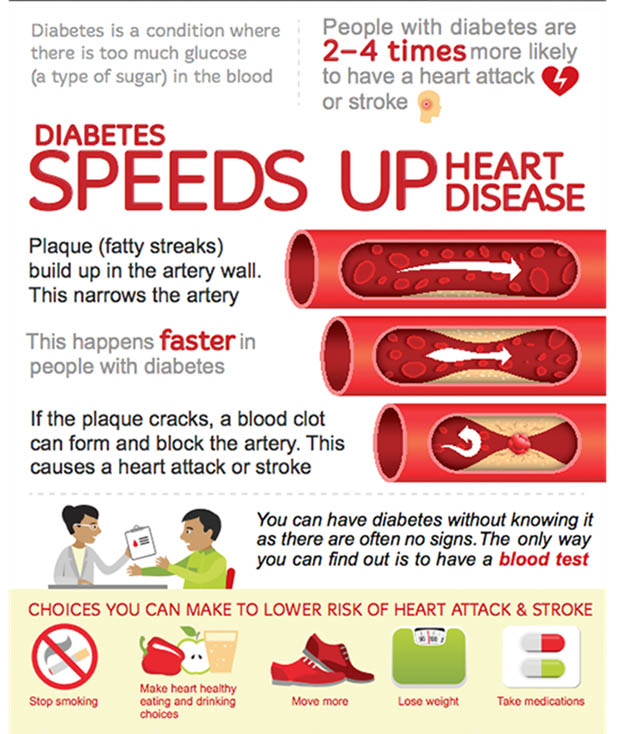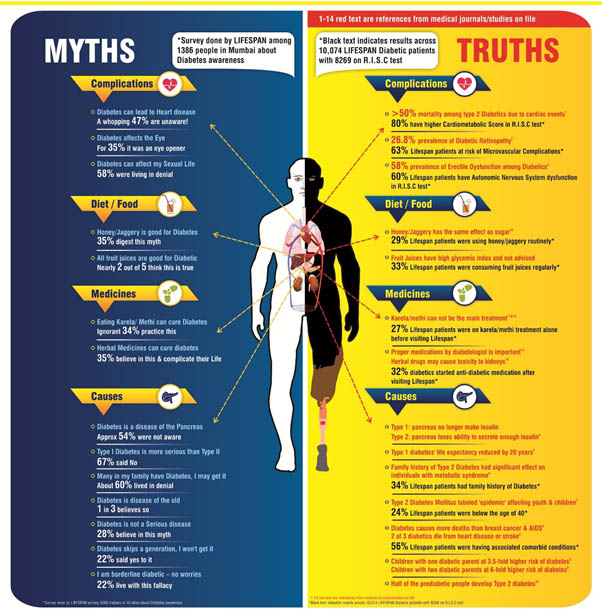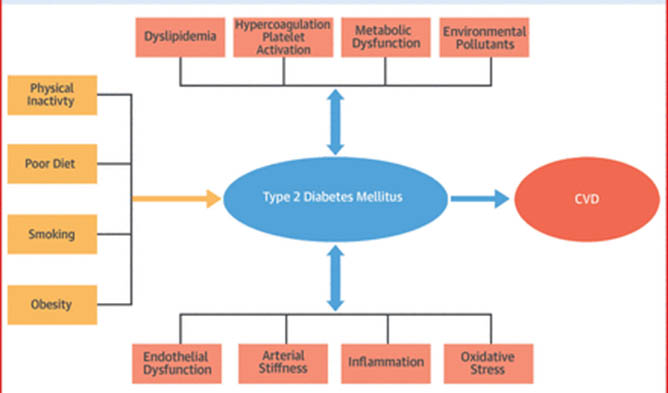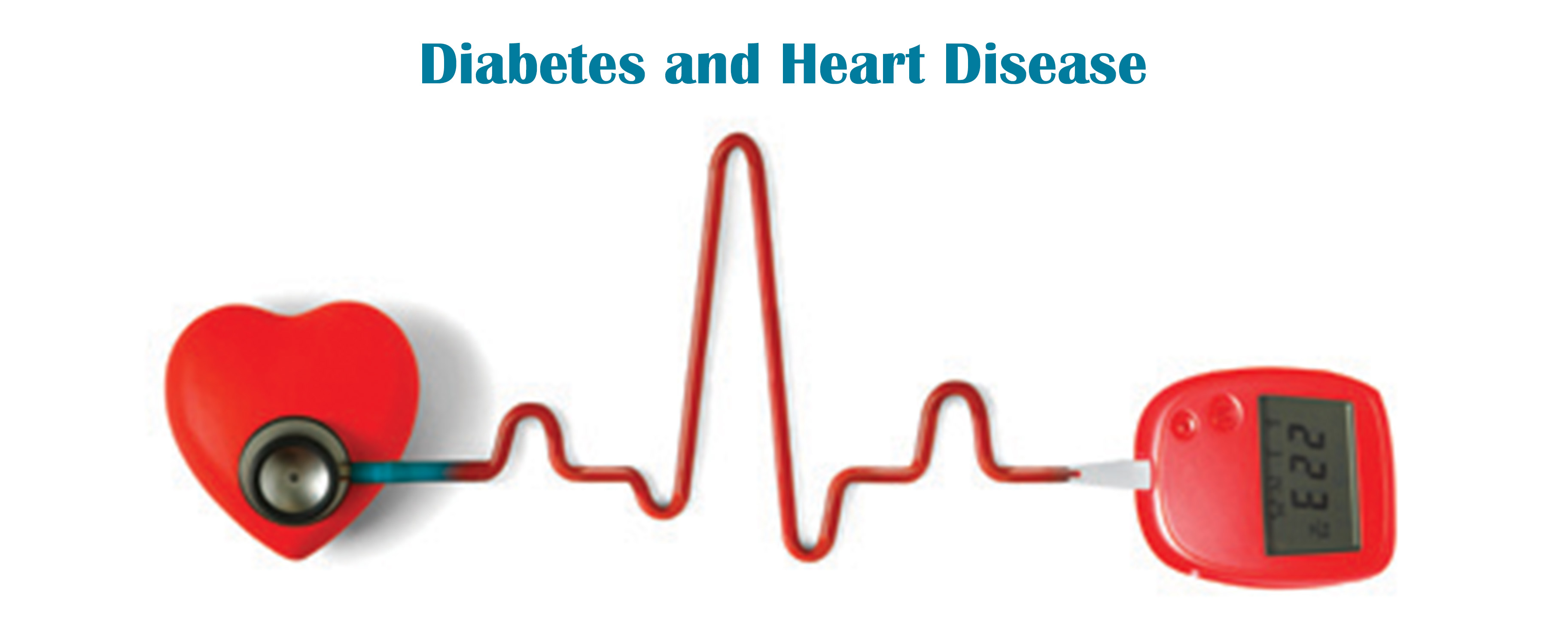DIABETES AND HEART DISEASE

Diabetes is rampant in India and the incidence of heart disease in diabetic patients is much higher in Indian patients than in a similar group of westerners. This is likely to be due to the clustering of risk factors and a genetic predisposition to a cluster of conditions called metabolic syndrome-X (central obesity (potbelly), resistance to the action of a hormone that is needed to breakdown glucose-insulin resistance). A report from an eminent diabetologist from Chennai states the following “High prevalence rates of diabetes and CAD (coronary artery disease) are seen not only in affluent migrant Indians but also in those living within the subcontinent. Indeed the epidemic of diabetes and CAD is now spreading to the middle- and lower-income groups in India. The risk for CAD is two to four times higher in diabetic subjects, and in Indians, CAD occurs prematurely, i.e., one to two decades earlier than in the West. Thus there is an urgent need for studies on CAD in diabetic and nondiabetic subjects in India. In our study (the Chennai urban population study) we showed a prevalence of CAD of 11%, which is 10 times more than what it was in 1970. Clustering of risk factors for CAD such as hyperglycemia, central body obesity, dyslipidemia, and hypertension tends to occur, and the interplay of these risk factors could explain the enhanced CAD risk in Indians. Additionally, low-grade inflammation and a possible inherent genetic susceptibility are other contributing factors. Preventive measures such as lifestyle modification with a healthy diet, adequate physical activity, and a decrease in stress could help prevent the twin epidemics of diabetes and CAD.
Another recent study done in Mumbai indicated that a whopping 50% of diabetics in the country are at risk of developing heart diseases, 63% at risk of getting microvascular complications (kidney and nerve damage due to diabetes) and many have an enhanced risk of developing eye problems, especially retinopathy, according to this study.
This study “Lifespan D-MYTH 2014” was conducted to map people’s perceptions along with behaviour-related outcomes of diabetes management. This brought to light poor diabetes management amongst Indians, which it links to ignorance and to the presence of myths.
This is outlined nicely in the results of the survey depicted in the figure below.

I am a Diabetic- What can I do to reduce my risk of heart disease?
There are several adverse factors that happens within a diabetic individual which increases risk of heart disease. Diabetics often have high cholesterol and high blood pressure. The combined effect of all three can be far more devastating than each one on its own. Thus it is important to check for co-existing other conditions and treat early. Simple life style modifications can be very helpful.
The following picture depicts the interaction of various factors that increases the risk of CAD in a diabetic patient.

Actions you can take:
Life style modification- stress management
Stop smoking
Watch your diet
Regular aerobic exercise
Be focused on your diabetes control and stick to medications rigidly as advised by your diabetologist.
Check BP regularly and treat early
Check cholesterol and commence treatment early if persistently high.

